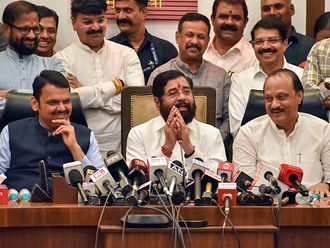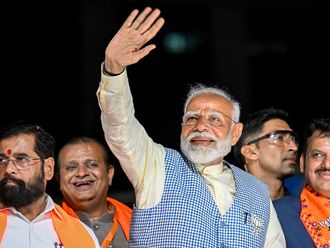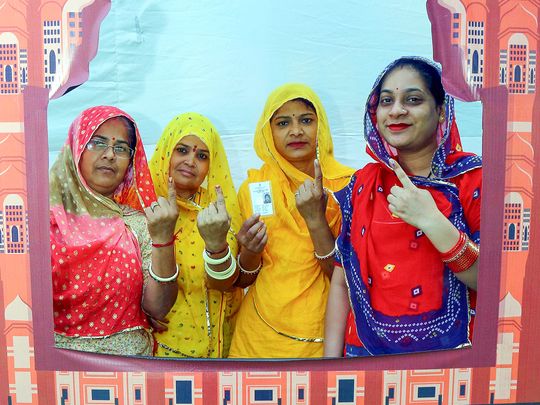
An important voting preference, which does not align with traditional voter considerations in India, such as caste and religion, has quietly emerged — the pink (women) vote.
Women voters are endorsing parties and leaders who align with their desired agendas, such as the prohibition in Bihar. The pink vote is crystal clear about its priorities — it seeks public safety, good public education (without absentee teachers), primary health care, and avenues to increase employment, such as through microfinance.
It was nearly a stealth vote in Bihar when women voters gave a thumbs up to Nitish Kumar, the Chief Minister, who implemented the much-criticised prohibition in the state in 2015.
Despite media derision, Kumar understood that in rural Bihar, where men often drink away their wages, this move would endear him to women voters. It worked similarly to his earlier scheme of providing bicycles to school-going girls, which yielded dramatic and transformational results.
The percentage vote share of women is steadily increasing in every election. In the 2019 parliamentary elections, women’s turnout was 65.63 per cent compared to men’s percentage of 67.09 per cent. However, as we witness the ongoing campaign for the assembly elections, all the attention seems reserved for traditional male issues.
Experts argue that as women become more literate, they prioritise seeking better education and health care, increasingly advocating for safe contraceptives, and overwhelmingly emphasising public safety, particularly in the northern states of India.
Revolutionising Indian Politics
The pink vote has already mobilised significantly, establishing collectives in milk supply (Gujarat) and traditional handicrafts like chikankari (Uttar Pradesh). Originally set up as support groups for seeking microfinance and markets, these groups have also led to the politicisation of these women, making the pink vote a substantial and influential force.
Earlier, the Bharatiya Janata Party (BJP) ran a lacklustre campaign in Madhya Pradesh, emphasising “collective leadership” with Prime Minister Narendra Modi’s face as the main draw and the slogan being “MP kei Mann mein Modi, Modi, kei Mann mein MP”. Incumbent Chief Minister Shivraj Singh Chauhan was overlooked and relegated to the background.
Sensing the voter mood, the BJP then started promoting the Ladli Behna scheme and its architect, the much-derided Chauhan. Chauhan had introduced the Ladli Behna Yojana, which currently provides a monthly stipend of ₹1,250. In a volte-face, Modi started warning women voters that if the Congress came to power, the scheme would be stopped.
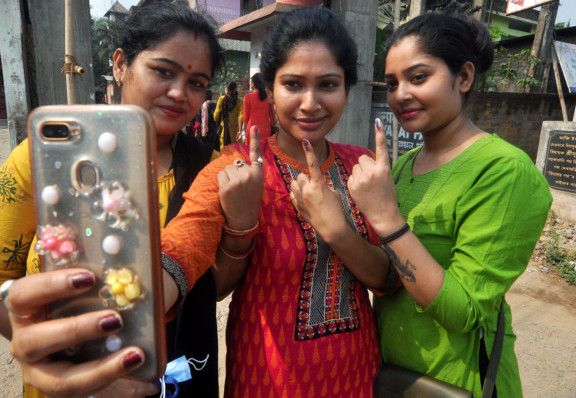
From Veils to Ballots
In Rajasthan, traditionally a patriarchal state where women veiled themselves, Vasundhara Raje Scindia, BJP leader and former Chief Minister, made a comeback for campaigning after being left out in the cold by the central leadership. This resurgence came about after the central BJP realised her unique connection with traditional women voters, ensuring that she remains the tallest Rajasthan BJP leader.
The importance of the pink vote is evident even in the traditionally backward state of Uttar Pradesh. Yogi Adityanath, Chief Minister’s biggest flex and calling card, is the perceived improvement in law and order, ending “gangster Raj” with targeted killings euphemistically called “encounters” in Indian parlance, where the police gun down criminals.
Outsiders to UP are amazed at the popularity of Yogi Adityanath as the “Hard man” of the state. However, both men and women appreciate the improvement in public safety, where earlier girls were trained not to leave home after sunset.
Women voters are unequivocal about their priorities — seeking excellence in education and public health.
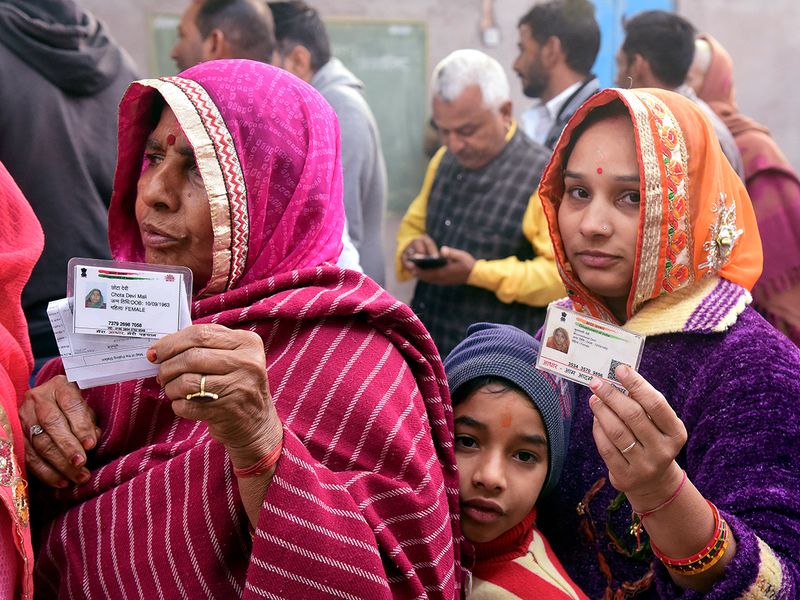
At a public meeting in Rajasthan, I asked a group of women, all wearing the traditional veil, if the men in their family decided who they voted for. They giggled and shared that they were guaranteed a secret ballot, and while the men in their families thought they were making the voting decision, the women quietly made their own choices — a stealth vote, if you will. Rajjo, who seemed to be the voice of the group, said, “We will give our vote to those who improve our roads, build us toilets, and give us avenues to earn money. A man can be swayed by some liquor inducement; we have to think of the future of our children.”
Anecdotally, women voters seem to prefer dynamic leaders who promise development and empowerment. With the Women’s Reservations Bill for Lok Sabha reservation awaiting delimitation of constituencies, the pink vote has decided to bypass wish lists and make its voice heard through voting.




